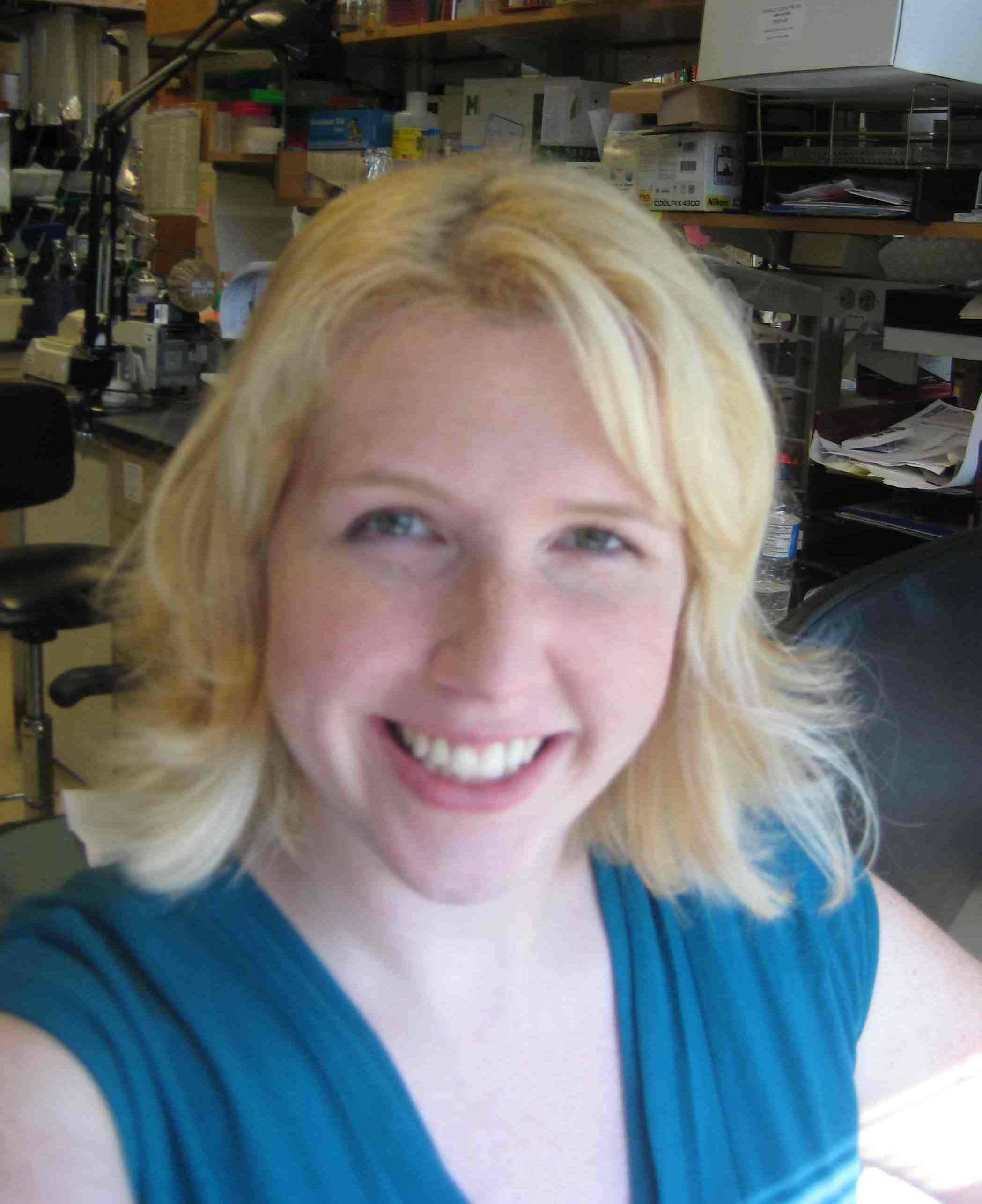Welcome to the forums at seaphages.org. Please feel free to ask any questions related to the SEA-PHAGES program. Any logged-in user may post new topics and reply to existing topics. If you'd like to see a new forum created, please contact us using our form or email us at info@seaphages.org.
Recent Activity
All posts created by joyous726
| Link to this post | posted 26 Feb, 2016 20:27 | |
|---|---|
|
|
Welkin Pope Thank you! Sharon was kind enough to email me the attached protocol that basically fills in with what you have replied. What was unclear from the original protocol, initially, was a silly question like whether we needed to use 7H10 plates. We felt fairly confident, but not confident enough not to check with those with more expertise. |
Posted in: Lysogeny/Immunity → Lysogeny experiment help
| Link to this post | posted 23 Feb, 2016 16:14 | |
|---|---|
|
|
We have several students isolating lysogens and following a protocol that is on phagesdb.org (http://phagesdb.org/media/workflow/protocols/pdfs/LysogenyProtocol_3.19.13.pdf). I was wondering if there was anything additional in the way of protocols or background info that might be helpful for us. In particular, we find steps 11 - 14 a little vague and imply some working microbiological knowledge that we're a little shaky on. While we like to encourage student independence in reading protocols, we would love to have some more resources to direct them to for help. I know that other faculty have had students create stable lysogens to do immunity experiments. Is there anything that any of you have that might be helpful for us in the way of resources, additional protocols, or advice? Any help is appreciated! |
Posted in: Lysogeny/Immunity → Lysogeny experiment help
| Link to this post | posted 16 Feb, 2016 17:42 | |
|---|---|
|
|
Kristen Butela We are also interested in this… we want to screen a mixed sample (F and B cluster phages), but would be interested in opening it up for non-sequenced phages, too! |
Posted in: Phage Discovery/Isolation → Cluster Specific Primers
| Link to this post | posted 29 Jan, 2016 17:37 | |
|---|---|
|
|
We have something strange going on when we compare our auto-annotated Blast file in DNA master to what's in phamerator and starterator for ShiaLaBeouf_Draft. The gene product numbers/features don't align like they do for other phage genomes. Is this because of a difference in when we did our Blasting? The files aren't corrupt (the genome size is consistent with what we started with and what is reported on phagesdb). But, gp 42 is not the same… This might be a naive newbie confusion, but… help? |
Posted in: Phamerator → Tutorial on Phamerator and Starterator Use?


 138Kb
138Kb